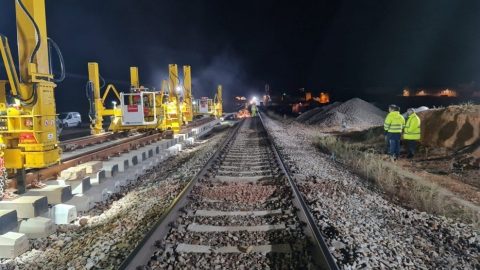
The status of the Mediterranean Corridor development works in Spain
Adif, the Spanish infrastructure manager, provided data on the development of the Mediterranean Rail Freight Corridor since 2018 for the four regions it will cross: Andalusia, Murcia, Valencia, and Catalonia. Once completed, the Mediterranean Corridor in Spain will run along the country’s southern and eastern coasts, continuing all the way to Hungary and crossing Europe from west to east – and back.
Want to read more?
You have read all of your free premium articles for this month. Please become a subscriber to keep reading.
Subscribe now!
Take advantage of our exclusive offer to get full access to all premium content.




Standard gauge, 1435 mm?
Good question!
However, any such, simple, technicalities…, is for “brusselcrats”.
Questions raised from others, limited is – for “offers” – by separate bodies “RFC5”, etc… Pls read and understand!
(Any obvious “bottlenecks”, by standards no longer optimal, etc., as currently, decisively shall be “cemented”!)
Now, regrettably, Commission is disregarding Goal of “Union”…
Even worse, never no longer Goal of EU, is mentioned… (“Railways” is Goal…)